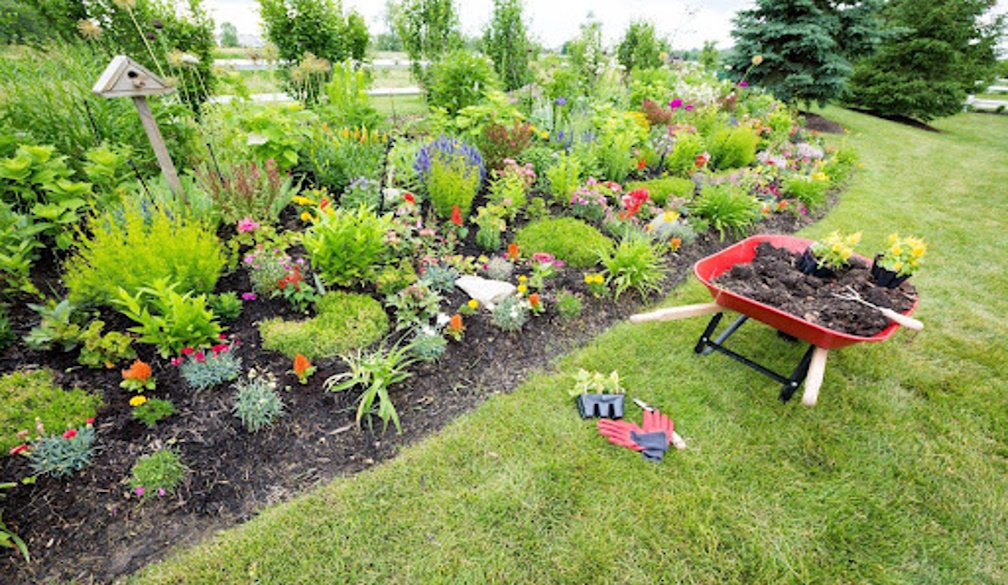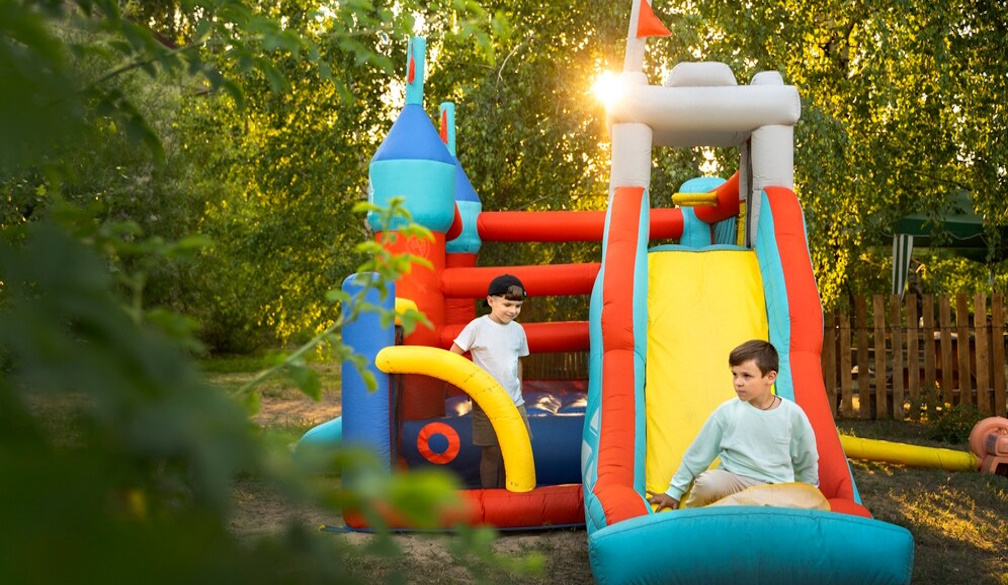Sustainable Landscaping: Essential Tips for a Water-Wise Brisbane Garden

In an age where sustainability is more crucial than ever, adopting eco-friendly practices is becoming the norm rather than the exception. Among these green initiatives is the focus on sustainable landscaping, particularly for urban areas such as Brisbane. Recognising the delicate balance between maintaining a lush garden and conserving precious water resources is imperative. Gardeners in Brisbane face unique challenges due to the city's climate, necessitating strategic planning for water conservation. However, creating a water-wise garden presents numerous benefits, including reduced water bills, less maintenance, and a more resilient environment. This guide delves into practical strategies and tips, making the dream of a sustainable Brisbane garden both achievable and rewarding.
Understanding Brisbane's Climate and Soil Conditions
Brisbane boasts a subtropical climate characterised by hot, humid summers and mild, dry winters. This climate can pose significant challenges for gardeners, especially when it comes to water conservation. Summers often see intense rainfall, yet the dry spells that follow can quickly deplete soil moisture reserves. Understanding these seasonal patterns is essential for effective garden planning.
The city's soils are equally varied, ranging from sandy to clay types. Sandy soils, commonly found in Brisbane, have minimal water retention, making drought-prone conditions more likely. On the other hand, clay soils hold water but may become compacted and poorly drained, affecting plant health. In both cases, adopting strategies to maintain soil moisture is vital.
One effective approach to counter these challenges is xeriscaping, a landscaping method that prioritises water efficiency. Xeriscaping focuses on using drought-tolerant plants and efficient irrigation systems, making it a perfect fit for the Brisbane environment. By understanding the city's climate and soil conditions, gardeners can tailor their efforts for maximum efficacy.
Selecting Drought-Resistant Plants for Your Garden
Achieving a water-wise garden starts with plant selection. Opting for drought-resistant varieties not only conserves water but also ensures a thriving garden year-round. Some popular drought-tolerant plants suitable for Brisbane's climate include lavender, succulents, and native Australian species like the kangaroo paw, bottlebrush, and grevillea. These plants are adapted to withstand dry spells, providing vibrant colours and textures to any garden space.
Using native plants goes beyond aesthetics. These species require less water and maintenance since they are perfectly suited to the local environment. Additionally, native plants support local biodiversity by attracting indigenous wildlife such as birds and insects, contributing to a healthy ecosystem.
A diverse plant palette strengthens garden resilience. By incorporating a mix of species, gardeners can create a robust ecosystem that can better withstand pests and diseases. When sourcing these plants, consider visiting local nurseries or plant fairs where native and drought-resistant species are available. Planting them in clusters can also help retain moisture and offer mutual protection against harsh conditions.
Implementing Efficient Irrigation Systems
Watering practices are critical to successful sustainable landscaping. Modern irrigation systems provide efficient solutions, preventing unnecessary water wastage. Systems like drip irrigation and soaker hoses deliver water directly to plant roots, minimising evaporation and ensuring optimal hydration.
Automated irrigation systems represent a significant leap towards water conservation. These systems can be programmed to water gardens during cooler parts of the day, such as early morning or late evening, when evaporation rates are lower. Not only do they save water, but they also reduce manual labour, allowing homeowners to enjoy their gardens more.
To further optimise water usage, scheduling irrigations according to weather forecasts and adjusting them seasonally is recommended. Regular maintenance of irrigation components, such as checking for leaks and clogs, ensures systems remain effective over time.
Utilizing Mulch and Ground Covers for Moisture Retention
Another cornerstone of water-wise gardening is the use of mulch and ground covers. Mulch acts as a natural barrier against evaporation, helping retain soil moisture. Available in various types such as bark, straw, and compost, mulch also adds nutrients to the soil as it breaks down.
For best results, apply mulch in layers about 5-10 centimetres deep. Too thin a layer won't prevent evaporation effectively, while too thick a layer can restrict airflow. Mulch around trees, shrubs, and garden beds, avoiding piling it against plant stems to prevent rot.
Ground covers, like creeping thyme or native grasses, play a similar role in conserving soil moisture. By covering exposed soil, ground covers reduce evaporation and moderate soil temperature, promoting a healthier environment for plant roots. Additionally, mulch and ground covers suppress weed growth and enhance soil fertility, proving to be invaluable tools in sustainable landscaping.
Incorporating Water-Saving Landscape Designs
Thoughtful landscape design can significantly reduce water dependence. One strategy involves zoning garden areas based on water needs, placing water-intensive species together while drought-tolerant plants occupy different zones. This approach simplifies irrigation scheduling and maximises efficiency. Implementing water-wise landscaping for Brisbane homes can be a game-changer, ensuring that gardens remain lush while using minimal water resources.
Incorporating hardscape elements, such as gravel pathways or stone features, reduces lawn areas that typically demand more water. Hardscapes also add visual interest and create functional outdoor spaces.
Rain gardens and swales are innovative solutions that capture and utilise rainwater. By designating areas where water can collect and slowly infiltrate the soil, these features improve water absorption and prevent runoff. Additionally, reducing impervious surfaces like concrete pavements increases the landscape's ability to soak up rainwater.
Conclusion
Creating a sustainable, water-wise garden in Brisbane need not be an overwhelming task. Homeowners can cultivate a garden that thrives with less water by understanding local climate and soil conditions, selecting the right plants, implementing efficient irrigation, and incorporating smart design elements. The long-term environmental and financial benefits, such as reduced water usage and resilient landscapes, reinforce the value of adopting these practices. Begin with small steps, gradually applying the strategies outlined, and explore local gardening communities for further support. A lush, water-wise landscape is within reach, significantly contributing to the broader goal of sustainability in our everyday lives.





